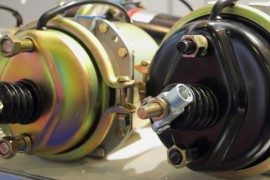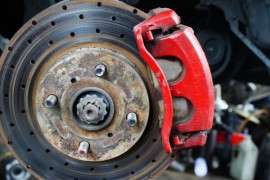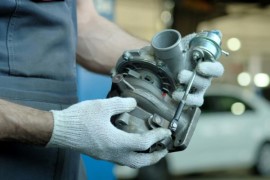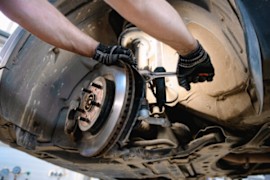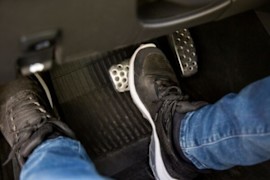{
"lazyNodes": false,
"abFitnotesFlag": false,
"abCrawlReviews": false,
"productOptionsCookie": false,
"orderDelayFlag": false,
"skipSessionCookie": false,
"covidMessage": false,
"fullTitleCookie": false,
"nrLoggerCookie": false,
"checkoutReviewCookie": false,
"productOptionSeqCookie": false,
"maintenanceFlag": false,
"bufferETACookie": false,
"multiShippingDiscountFlag": false,
"newFitmentFlag": false,
"surveyOptInFlag": false,
"crossSellFlag": false,
"skuMappingFlag": false,
"paySplitCookie": false,
"callDisableFlag": false,
"zipPaymentFlag": "u",
"hassleFreeReturn": false,
"lifetimeReplacement": false,
"cpn_off": false
}2007 Chrysler 300 Brake Boosters
Shop Catalog
- 2007 Chrysler 300 Limited 6 Cyl 3.5L
- 2007 Chrysler 300 C 8 Cyl 5.7L
- 2007 Chrysler 300 Touring 6 Cyl 3.5L
![]() WARNING: This product can expose you to chemical which is known to the State of California to cause cancer and birth defects or other reproductive harm. For more information go to www.P65Warnings.ca.gov.
WARNING: This product can expose you to chemical which is known to the State of California to cause cancer and birth defects or other reproductive harm. For more information go to www.P65Warnings.ca.gov.
+ $20.86 Refundable Core Charge
- 2007 Chrysler 300 C SRT8 8 Cyl 6.1L Without Master Cylinder
- 2007 Chrysler 300 Base 6 Cyl 2.7L Without Master Cylinder
- 2007 Chrysler 300 Limited 6 Cyl 3.5L Without Master Cylinder
- 2007 Chrysler 300 Touring 6 Cyl 3.5L Without Master Cylinder
- 2007 Chrysler 300 C 8 Cyl 5.7L Without Master Cylinder
![]() WARNING: This product can expose you to chemical which is known to the State of California to cause cancer and birth defects or other reproductive harm. For more information go to www.P65Warnings.ca.gov.
WARNING: This product can expose you to chemical which is known to the State of California to cause cancer and birth defects or other reproductive harm. For more information go to www.P65Warnings.ca.gov.
Popular Products

A1 CARDONE REMAN OE REPLACEMENT BRAKE BOOSTERS
Meticulously remanufactured to original specifications and fitted with OE-quality seals and valves plus brand-new hardware, A1 CARDONE's remanufactured OE replacement brake boosters ensure reliable, like-new...

MOPAR OE REPLACEMENT BRAKE BOOSTER
Officially endorsed by Fiat Chrysler Automobiles, Mopar’s OE replacement Brake Booster offers an exact-fit solution that performs up to OE standards. Each Mopar product is backed by a broad range of compatible parts and a...





